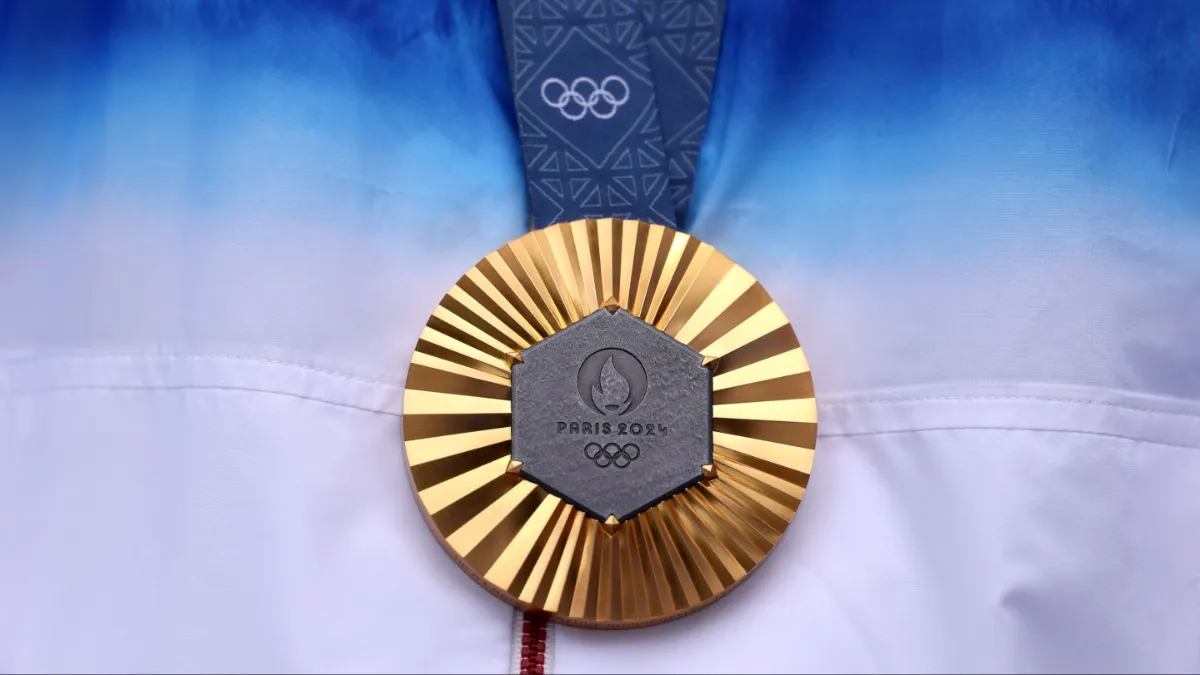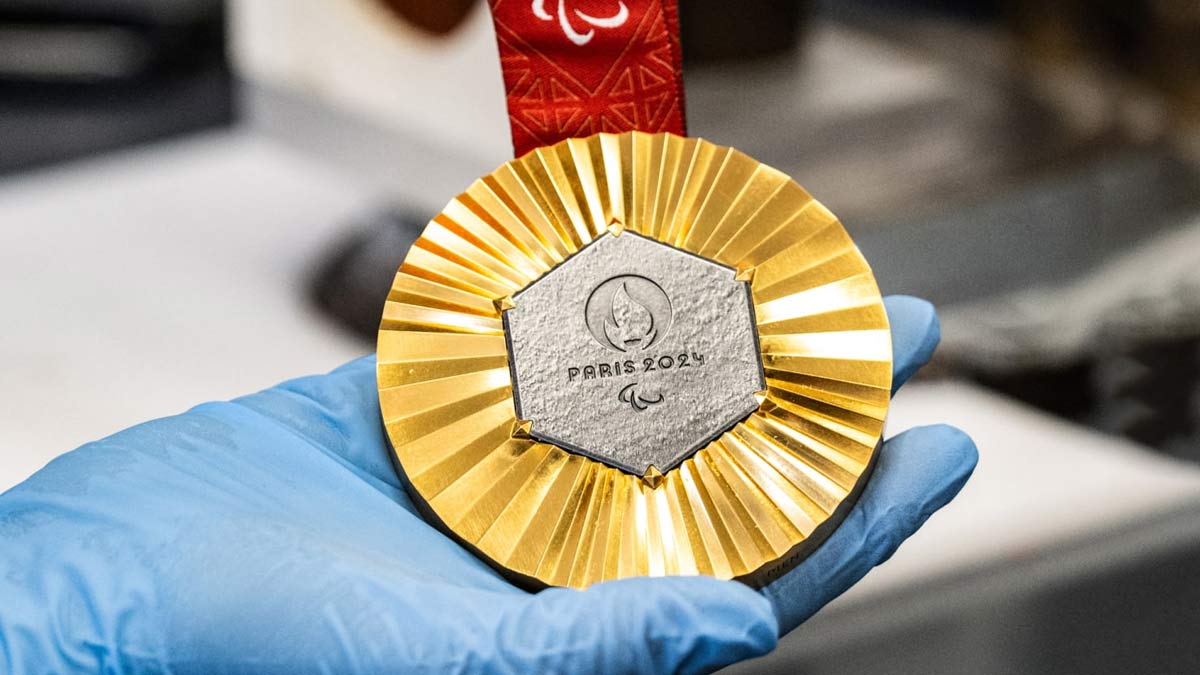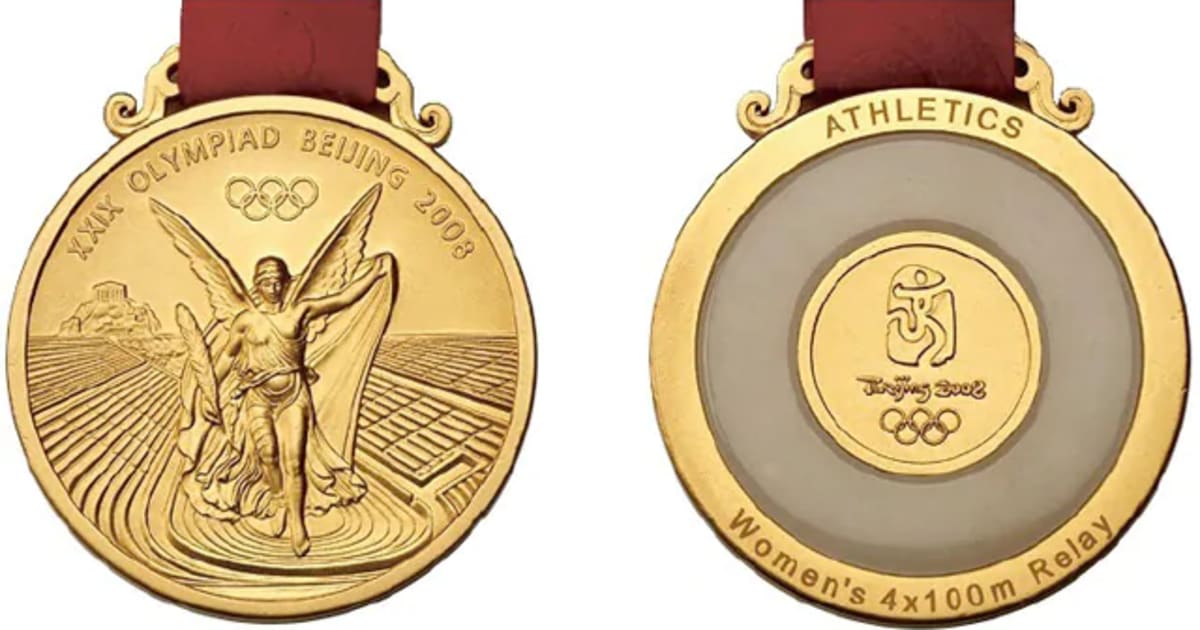What Olympic Gold Medal Is Made Of: Unveiling The Secrets Behind The Prestigious Award
Olympic gold medals are among the most coveted awards in the world, symbolizing excellence, hard work, and dedication. But have you ever wondered what Olympic gold medals are truly made of? Despite their name, these medals are not entirely composed of gold. Understanding the materials used and the intricate process behind their creation reveals fascinating insights into the history and significance of this prestigious award.
From ancient times to the modern era, the Olympics have been a celebration of human achievement. The gold medal, in particular, represents the pinnacle of success for athletes worldwide. However, the composition of these medals has evolved over the years, adapting to technological advancements and environmental considerations.
In this comprehensive guide, we will delve deep into the materials used to create Olympic gold medals, their historical significance, and the meticulous craftsmanship that goes into producing them. Whether you're a sports enthusiast or simply curious about the science behind these iconic awards, this article will provide all the information you need to know.
Read also:Dasher Reindeer The Majestic Leader Of Santas Sleigh Team
Table of Contents
- The History of Olympic Medals
- What Olympic Gold Medals Are Made Of
- The Manufacturing Process of Olympic Medals
- Design Evolution of Olympic Medals
- Cost of Producing Olympic Medals
- Environmental Impact of Medal Production
- Famous Olympic Gold Medals
- Fun Facts About Olympic Medals
- The Future of Olympic Medals
- Conclusion
The History of Olympic Medals
Olympic medals have a rich history that dates back to the ancient Olympic Games in Greece. During those times, winners were awarded olive wreaths instead of medals. The tradition of awarding medals began with the modern Olympic Games in 1896, where gold, silver, and bronze medals were introduced as symbols of first, second, and third place, respectively.
Evolution of Medal Composition
Initially, gold medals were made from pure gold. However, due to the high cost and scarcity of the metal, the composition changed over time. Today, gold medals are primarily made from silver, coated with a thin layer of gold. This evolution reflects both economic and practical considerations.
What Olympic Gold Medals Are Made Of
Contrary to popular belief, Olympic gold medals are not solid gold. They are predominantly composed of silver, with a gold plating that meets specific standards set by the International Olympic Committee (IOC).
Composition Breakdown
- Silver Base: The primary material used in gold medals is silver, which constitutes the bulk of the medal's weight.
- Gold Plating: A layer of at least 6 grams of pure gold is applied to the surface of the medal, giving it its iconic golden appearance.
- Other Metals: In some cases, trace amounts of other metals may be included to enhance durability and aesthetic appeal.
The Manufacturing Process of Olympic Medals
The creation of Olympic medals involves a multi-step process that combines traditional craftsmanship with modern technology. Each medal is meticulously crafted to ensure it meets the high standards expected of such a prestigious award.
Steps in the Manufacturing Process
- Design Creation: Artists and designers work closely with the host country to develop a unique design for each Olympic Games.
- Molding and Casting: The silver is melted and cast into the desired shape, ensuring uniformity in size and weight.
- Gold Plating: A layer of pure gold is applied using advanced electroplating techniques.
- Finishing Touches: The medals undergo polishing and engraving to add intricate details and inscriptions.
Design Evolution of Olympic Medals
The design of Olympic medals has evolved significantly over the years, reflecting the cultural and artistic influences of the host countries. Each medal tells a unique story, incorporating elements that celebrate the host nation's heritage and the spirit of the Olympic Games.
Influences on Medal Design
Factors such as historical significance, national symbols, and artistic trends play a crucial role in shaping the design of Olympic medals. For example, the 2012 London Olympics featured medals inspired by the River Thames, while the 2016 Rio Olympics incorporated geometric patterns to represent diversity and unity.
Read also:Wow Anti Frizz Spray The Ultimate Solution For Smooth Frizzfree Hair
Cost of Producing Olympic Medals
The production of Olympic medals involves significant costs, including materials, labor, and design. While the exact cost varies depending on the host country and the number of medals produced, estimates suggest that each gold medal costs around $700 to $800.
Factors Affecting Cost
- Material Prices: Fluctuations in the prices of silver and gold directly impact production costs.
- Design Complexity: More intricate designs require additional time and resources, increasing overall expenses.
- Quantity Produced: The total number of medals required for each Olympic Games also influences the overall budget.
Environmental Impact of Medal Production
In recent years, there has been a growing emphasis on sustainability in the production of Olympic medals. Efforts have been made to reduce the environmental footprint by using recycled materials and adopting eco-friendly practices.
Sustainable Initiatives
- Recycled Metals: Some medals, such as those from the 2020 Tokyo Olympics, were made using recycled electronics, reducing the need for mining new materials.
- Eco-Friendly Techniques: Innovations in manufacturing processes aim to minimize waste and energy consumption.
Famous Olympic Gold Medals
Throughout history, certain Olympic gold medals have gained fame due to their unique stories or the athletes who won them. These medals serve as reminders of extraordinary achievements and inspiring moments in sports history.
Notable Examples
- Jesse Owens' Medals: The four gold medals won by Jesse Owens at the 1936 Berlin Olympics are among the most celebrated in history, symbolizing triumph over adversity.
- Michael Phelps' Medals: As the most decorated Olympian of all time, Michael Phelps' collection of gold medals highlights his unparalleled success in swimming.
Fun Facts About Olympic Medals
Olympic medals are not only symbols of achievement but also fascinating objects with intriguing facts and trivia. Here are some interesting tidbits about these prestigious awards:
- The first Olympic gold medal winners did not receive actual gold medals but silver ones, with an olive branch wreath.
- The largest Olympic gold medal ever produced was at the 2010 Vancouver Winter Olympics, weighing 500 grams.
The Future of Olympic Medals
As the Olympic Games continue to evolve, so too will the design and production of medals. Innovations in materials and technology are likely to shape the future of these iconic awards, ensuring they remain relevant and meaningful in the years to come.
Potential Developments
- Advanced Materials: The use of cutting-edge materials may enhance durability and aesthetics.
- Digital Integration: Future medals could incorporate digital elements, such as QR codes or augmented reality features, to provide additional information about the winners.
Conclusion
Olympic gold medals are far more than just awards; they are symbols of dedication, perseverance, and excellence. Understanding what Olympic gold medals are made of and the processes behind their creation provides a deeper appreciation for their significance. As we look to the future, advancements in technology and sustainability will continue to shape the evolution of these prestigious awards.
We invite you to share your thoughts and insights in the comments section below. For more fascinating articles about sports and history, explore our website further. Let's celebrate the spirit of the Olympics together!


